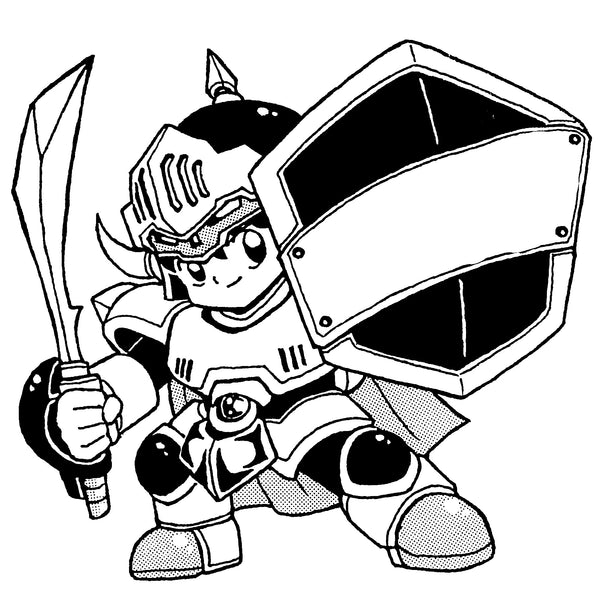Video Output & Upscaler Guide — Clean Picture for Japanese Retro Consoles
Play NTSC-J hardware on modern displays without the guesswork
Last updated: 11 Sep 2025
TL;DR
-
Picture order: RGB/Component > S-Video > Composite > RF.
-
240p vs TVs: Many modern TVs mishandle 240p; a reputable upscaler fixes sync and sharpness.
-
JP21 ≠ EU-SCART: Same shell, different pinouts—use the correct cable/adapter.
-
HDMI-only TVs: Console → (RGB/S-Video/Composite/Component) → Upscaler → HDMI → TV.
-
Low lag matters: Enable Game Mode, disable motion smoothing.
1) Signals at a glance
-
RF (antenna) — Lowest quality; avoid unless nothing else.
-
Composite (yellow RCA) — Universal, soft image, dot crawl.
-
S-Video — Cleaner luma/chroma separation; good mid-tier.
-
RGB (JP21 / EU-SCART) — Crispest 240p when your chain supports it.
-
Component (YPbPr) — Excellent on consoles that output it (e.g., PS2/Wii, GC via Digital AV Out).
-
VGA (480p) — Dreamcast via VGA box; very sharp on modern displays.
-
HDMI — Only after conversion/upscaling from the above.
2) Console outputs (stock behavior)
-
AV Famicom / Original Famicom — AV Famicom: Composite. Original Famicom: RF (composite requires a mod).
-
Super Famicom — Composite / S-Video / RGB (via multi-out; JP21/EU-SCART cables).
-
Nintendo 64 (JP) — Composite / S-Video stock; RGB generally not stock (mods/adapters exist).
-
GameCube DOL-001 — Composite / S-Video; Component via Digital AV Out (HDMI adapters exist).
-
GameCube DOL-101 — Composite / S-Video only (no Digital AV Out).
-
Wii — Composite / S-Video / Component; simple HDMI adapters available.
-
PC Engine / CoreGrafx — Composite (model-dependent); RGB via adapter/mod on some revisions.
-
Sega Mega Drive / Saturn — Composite / S-Video / RGB (JP21/EU-SCART).
-
Dreamcast — Composite; VGA 480p via VGA box → HDMI.
-
PlayStation (PS1) — Composite / S-Video / RGB.
-
PlayStation 2 — Composite / S-Video / RGB / Component (Component recommended).
-
Neo Geo AES — Composite / RGB.
Tip: JP21 vs EU-SCART use the same 21-pin plug but different wiring. Use the right standard or a safe adapter to avoid no-sync or damage.
3) 240p, 480i, 480p — why upscalers matter
-
240p is the native progressive signal for most 8/16-bit consoles. Many modern TVs treat it like 480i, causing shimmer/blur or outright “no signal.”
-
Upscalers accept 15 kHz analog (RGB/S-Video/Composite) and output stable HDMI at 720p/1080p with low latency.
-
480i (PS2 era) benefits from proper deinterlacing to avoid combing.
-
480p (Dreamcast VGA, some GC/Wii/PS2 modes) generally plays nicely with modern TVs.
4) Connection recipes (HDMI-only TV)
RGB to HDMI (best for 240p)
Console (RGB via JP21/EU-SCART) → Upscaler → HDMI → TV
-
Set TV: Game Mode ON, motion smoothing OFF.
-
If no image: confirm JP21 vs EU-SCART match, and that the upscaler accepts 15 kHz RGB.
S-Video to HDMI (solid middle)
Console (S-Video) → Upscaler → HDMI → TV
Composite to HDMI (baseline)
Console (Composite) → Upscaler → HDMI → TV
Dreamcast VGA (480p)
Dreamcast → VGA box → HDMI adapter/upscaler → TV
5) Troubleshooting quick fixes
-
Black-and-white / rolling — TV doesn’t accept NTSC 240p: use an upscaler.
-
No sync over SCART — Wrong standard (JP21 vs EU-SCART) or upscaler doesn’t accept 15 kHz.
-
Buzz/hum — Reseat red/white audio; try another input; reduce shared power strips.
-
“Jailbars” / noise — Try different cable, shorten cable runs, separate from power bricks.
-
Shimmer/lag — Enable Game Mode; avoid “smooth video”/motion interpolation; prefer integer scaling if available.
6) Safety & cable notes
-
Use well-made cables with proper shielding/impedance.
-
Don’t hot-swap video leads while powered.
-
When in doubt about power requirements, see: Region & Power Guide → /guides/region-power
Helpful links
